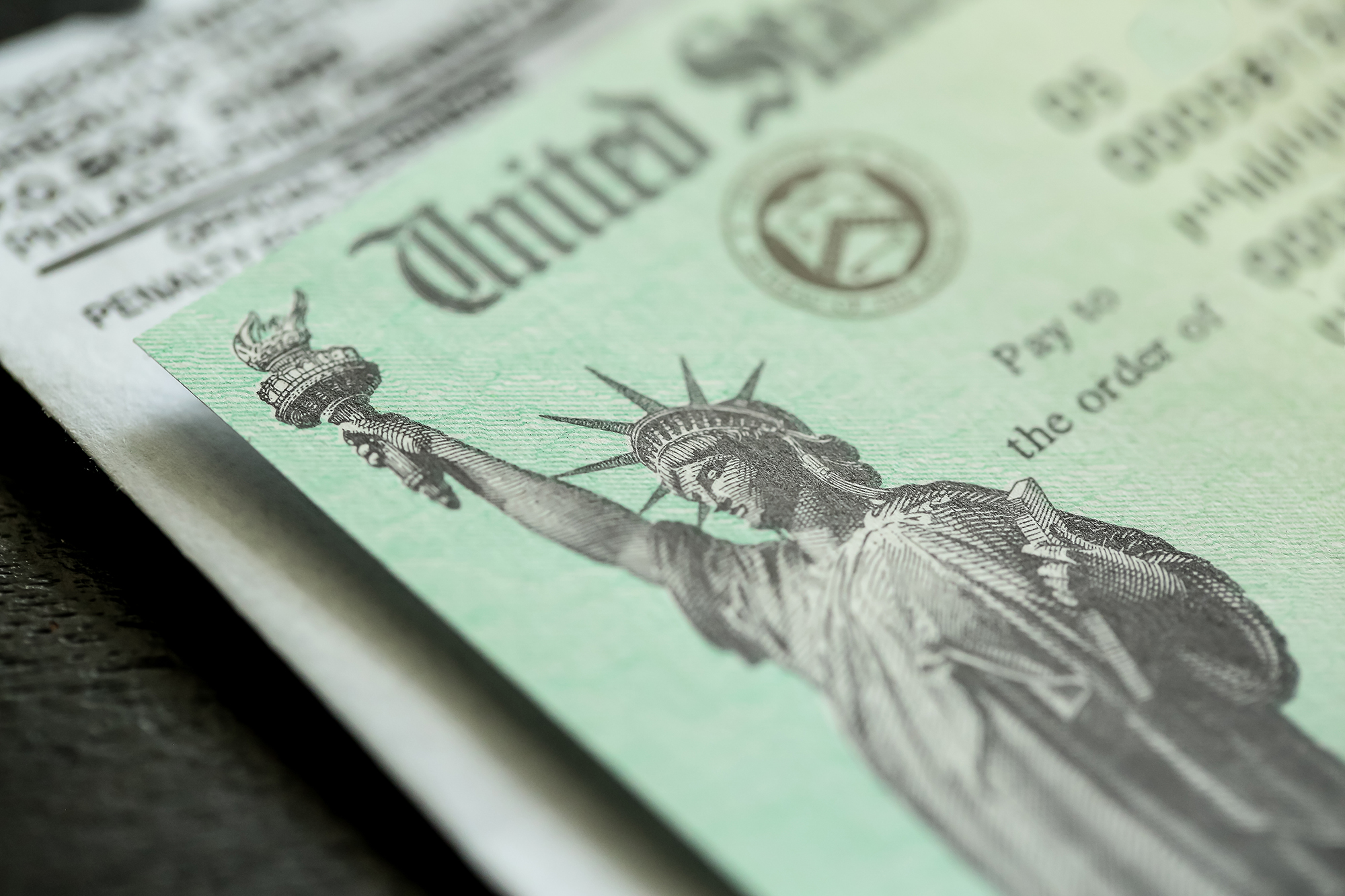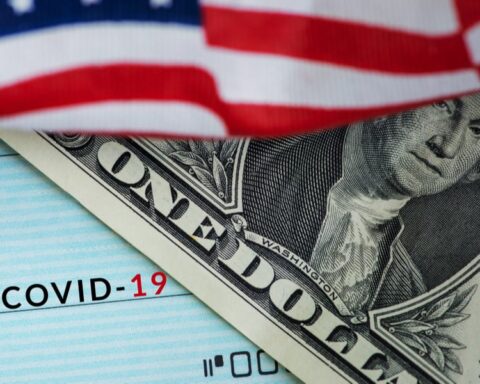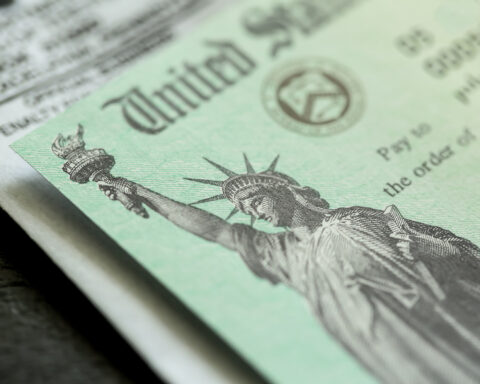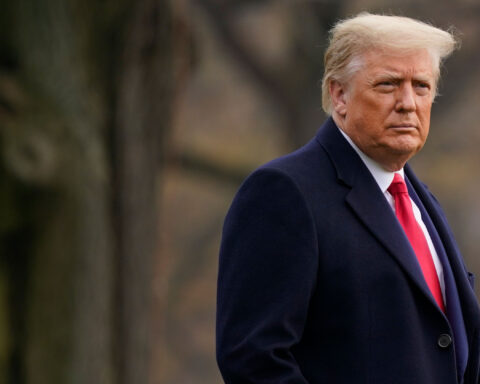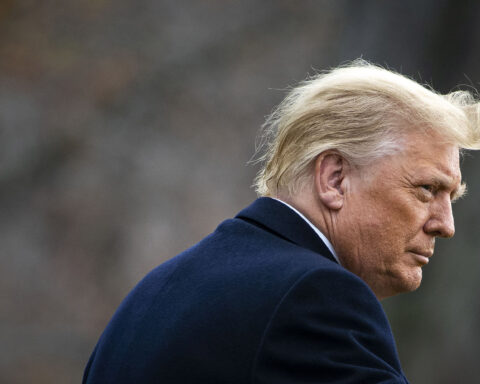House Democrats were busy last week advancing a wide range of coronavirus relief provisions, all part of President Joe Biden’s $1.9 trillion stimulus package.
This coming week, the House Budget Committee will assemble a final bill based off the measures approved by at least nine committees. Most of them — but not all — adhere closely to what Biden outlined in his proposal last month.
The full House may pass the legislation as soon as next week, but it could face hurdles in the Senate, where Democrats can’t afford to lose a single member of their party thanks to the 50-50 split in the chamber. Already, two Democrats — Sens. Kyrsten Sinema of Arizona and Joe Manchin of West Virginia — have voiced opposition to one element of the plan, raising the federal minimum wage to $15 an hour.
Time is of the essence. An estimated 11.4 million workers will lose their unemployment benefits between mid-March and mid-April unless Congress passes its next coronavirus relief package in coming weeks, a recent study by The Century Foundation found.
Here are key provisions that have been passed by House committees:
Stimulus checks
The House bill would provide direct payments worth up to $1,400 per person. A family of four could receive up to $5,600.
Individuals earning less than $75,000 a year and married couples earning less than $150,000 would be sent the full amount.
But not everyone who received a previous stimulus check would be eligible for this round. The payments would phase out faster and completely cut off individuals earning more than $100,000 and families earning more than $200,000.
The payment will be calculated based on either 2019 or 2020 income. Unlike the previous two rounds, adult dependents would be eligible for the payments.
Unemployment assistance
The House bill would extend two key pandemic unemployment programs through August 29. It would also increase the federal weekly boost to $400, from the current $300, and continue it for the same time period.
The President’s plan had called for continuing the benefits through the end of September.
Out-of-work Americans will start running out of Pandemic Unemployment Assistance and Pandemic Emergency Unemployment Compensation benefits in mid-March, when provisions in December’s $900 billion relief packagebegin phasing out.
The former provides benefits to freelancers, gig workers, independent contracts and certain people affected by the pandemic, while the latter lengthens the duration of payments for those in the traditional state unemployment system.
The $300 enhancement also ends in mid-March.
Nutrition assistance
The House plan would extend the 15% increase in food stamp benefits through September, instead of having it expire at the end of June.
It also contains $880 million for the Special Supplemental Nutrition Program for Women, Infants, and Children, known as WIC. Biden called for investing $3 billion in the program.
And it would allow states to continue the Pandemic-EBT, which provides families whose children’s schools are closed with funding to replace free- and reduced-price meals the kids would have received, through the summer.
Housing aid
The legislation would send roughly $19.1 billion to state and local governments to cover back rent, rent assistance, and utilities for at risk, low-income households with unemployed members, according to the Congressional Budget Office.
It would also give about $10 billion to states and tribes to provide mortgage payment assistance and other financial help to homeowners affected by the pandemic.
And it would provide a total of $11 billion to provide rental assistance, homeless services and support, housing counseling, and mortgage support.
Tax credits for families and workers
The House bill would expand the child tax credit to $3,600 for children under 6 and $3,000 for children under age 18.
It would also become fully refundable so more low-income parents could take advantage of it. Plus, families could receive payments monthly, rather than a lump sum once a year, which would make it easier for them to pay the bills.
The bill also enhances the earned income tax credit for workers without children by nearly tripling the maximum credit and extending eligibility to more people. The minimum age to claim the childless credit would be reduced to 19, from 25, and the upper age limit would be eliminated.
This would be the largest expansion to earned income tax credit since 2009.
Education and child care
The bill would provide nearly $130 billion to K-12 schools to help students return to the classroom. Schools would be allowed to use the money to update their ventilation systems, reduce class sizes to help implement social distancing, buy personal protective equipment and hire support staff. It would require that schools use at least 20% of the money to address learning loss by providing extended days or summer school, for example.
The money is also intended to help prevent teacher layoffs next year when some states may be struggling to balance their budgets. The pot of money will remain available through September 2023.
The Democratic bill is in line with what Biden proposed, but calls for more than six times the amount of funding for K-12 schools than a compromise plan offered by a small group of Republican senators.
The House bill now includes nearly $40 billion for colleges. Institutions would be required to spend at least half the money to provide emergency financial aid grants to students.
Altogether, $170 billion would be authorized for K-12 schools and higher education. Last year, Congress approved a total $112 billion between two relief packages that went to K-12 schools and colleges.
The bill would also provide $39 billion to child care providers. The amount a provider receives would be based on operating expenses and is available to pay employees and rent, help families struggling to pay the cost, and purchase personal protective equipment and other supplies.
Health insurance subsidies and Medicaid
The bill would make federal premium subsidies for Affordable Care Act policies more generous and would eliminate the maximum income cap for two years.
Enrollees would pay no more than 8.5% of their income towards coverage, down from nearly 10% now. Also, those earning more than the current cap of 400% of the federal poverty level — about $51,000 for an individual and $104,800 for a family of four in 2021 — would become eligible for help.
In addition, the legislation would bolster subsidies for lower-income enrollees and those collecting unemployment benefits, eliminating their premiums completely.
The bill would also provide assistance for those who want to remain on their employer plans through COBRA. These laid-off workers would pay only 15% of the premium through the end of September, though that can still prove costly.
Also, the legislation includes an enticement for states that have yet to expand Medicaid to low-income adults, giving them a 5% boost in their federal Medicaid matching funds for two years.
Aid to states
The House legislation would provide $350 billion to state and local governments, as well as tribes and territories.
Additional assistance to states has been among the most controversial elements of the congressional rescue packages, with Democrats looking to add to the $150 billion in the March legislation and Republicans resisting such efforts. The December package ultimately dropped an initial call to include $160 billion.
Vaccines and testing
The House bill provides $14 billion for vaccines, $46 billion for testing, contact tracing, and mitigation and $7.6 billion to hire 100,000 public health workers to support coronavirus response. It would also invest $25 billion in addressing health disparities and protecting vulnerable populations.
The President’s plan called for investing $20 billion in a national vaccination program. It would also fund the hiring of 100,000 public health workers, nearly tripling the community health workforce.
Minimum wage
The legislation would increase the federal minimum wage to $15 an hour by 2025 in stages. It would also guarantee that tipped workers, youth workers and workers with disabilities are paid the full federal minimum wage.

